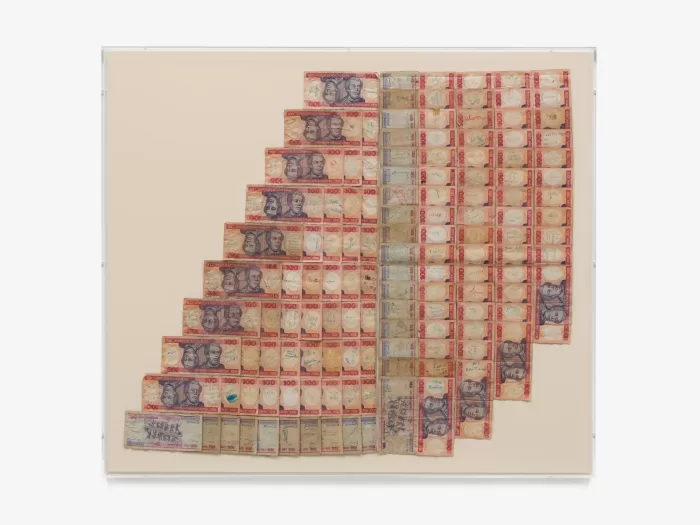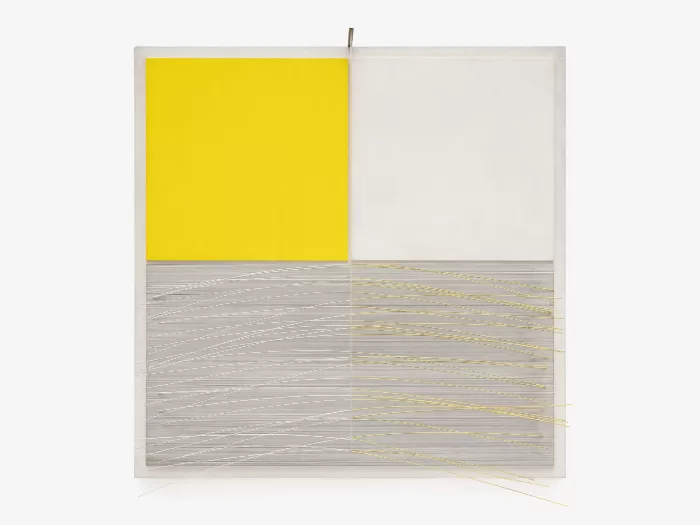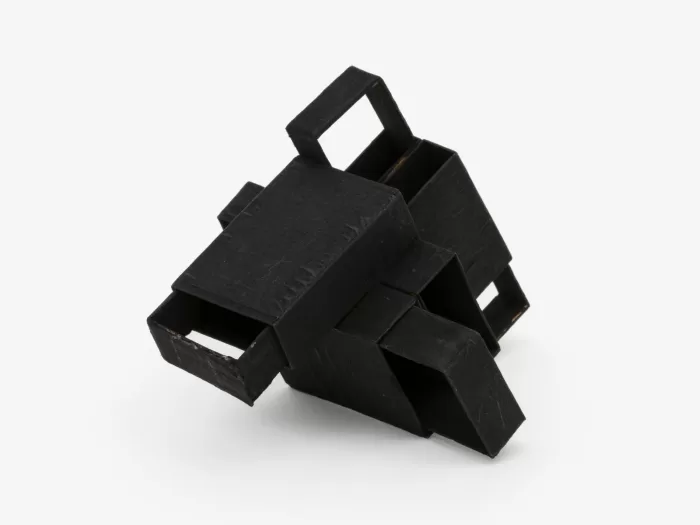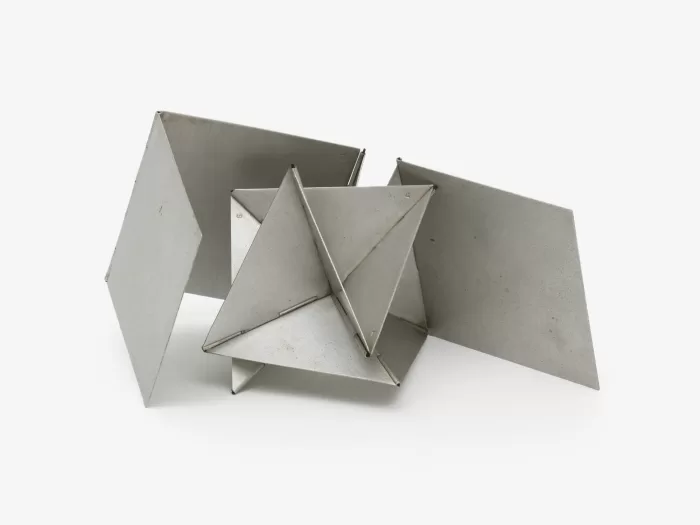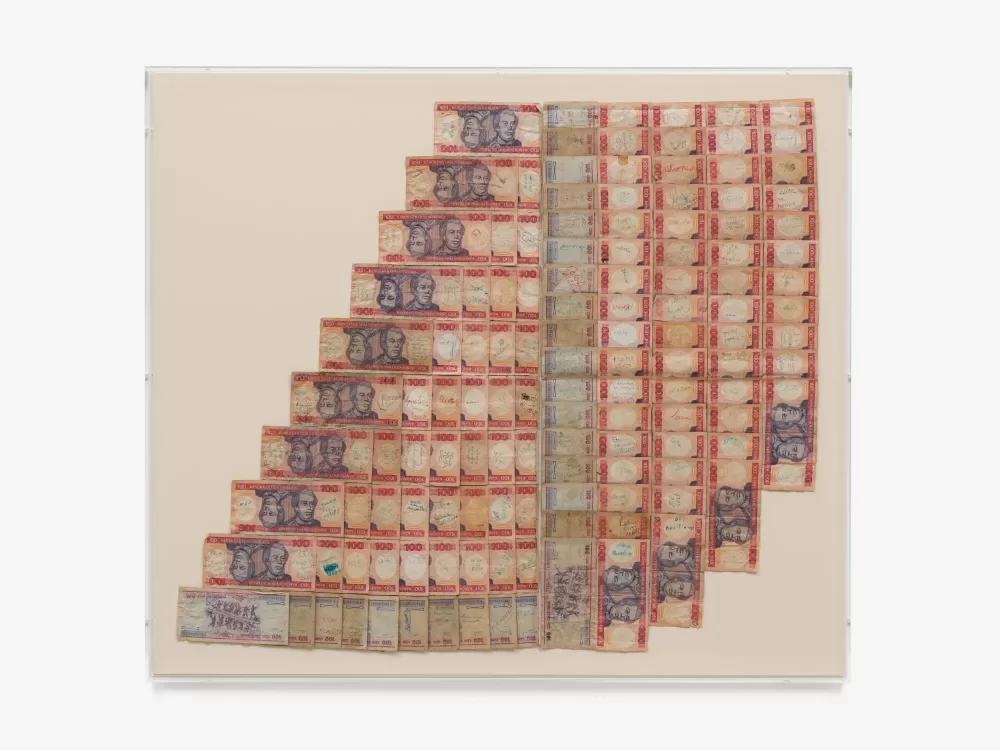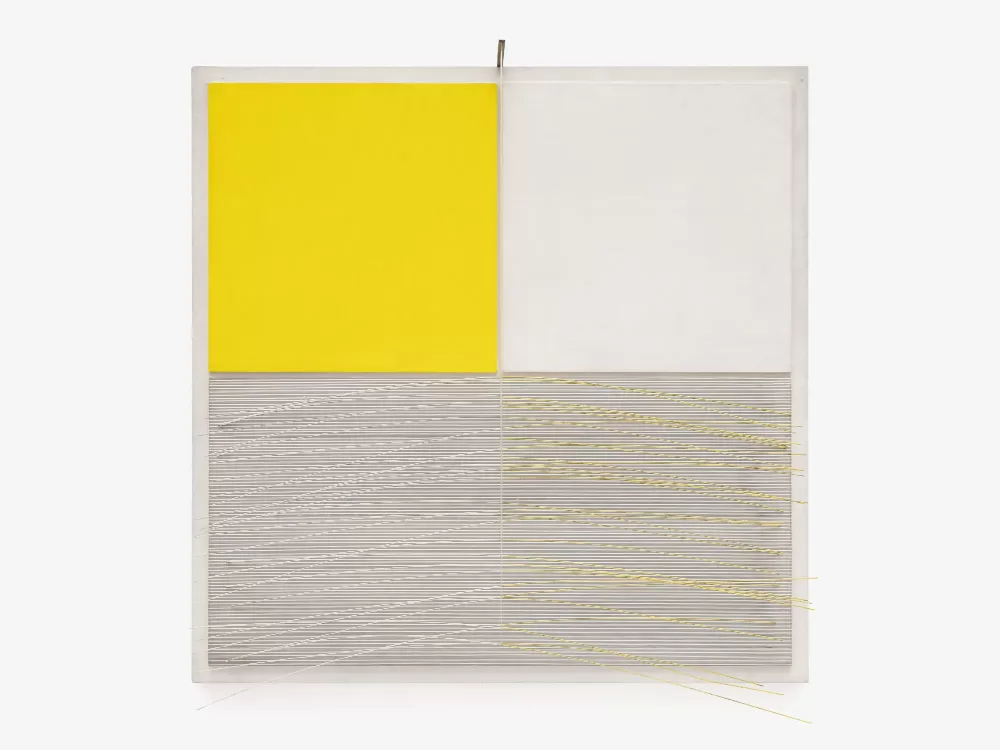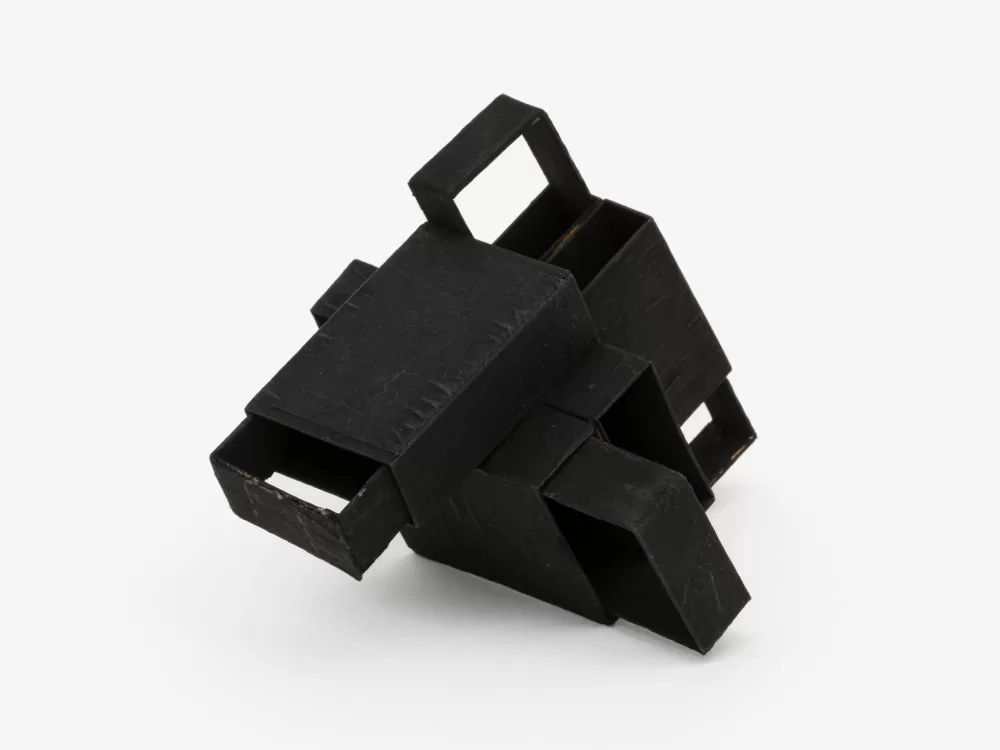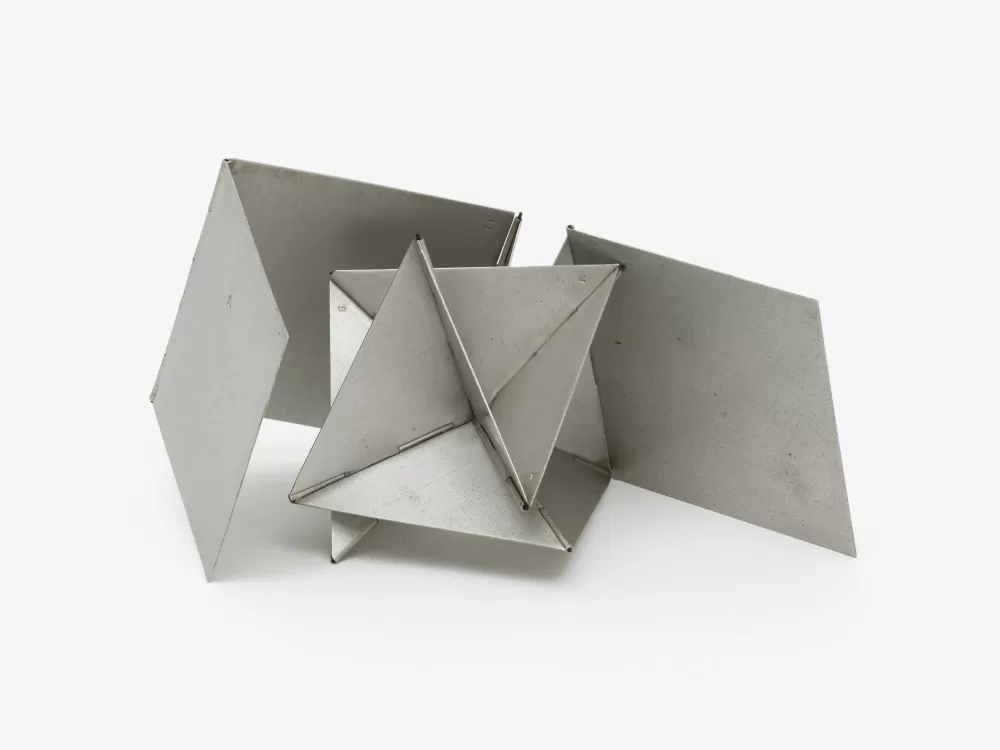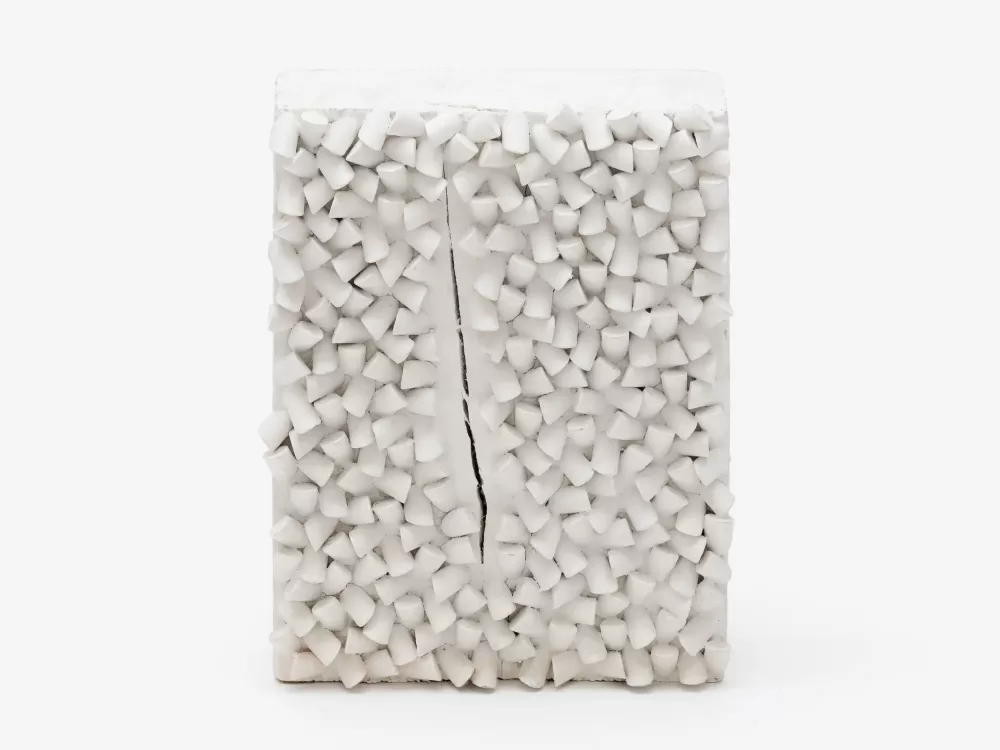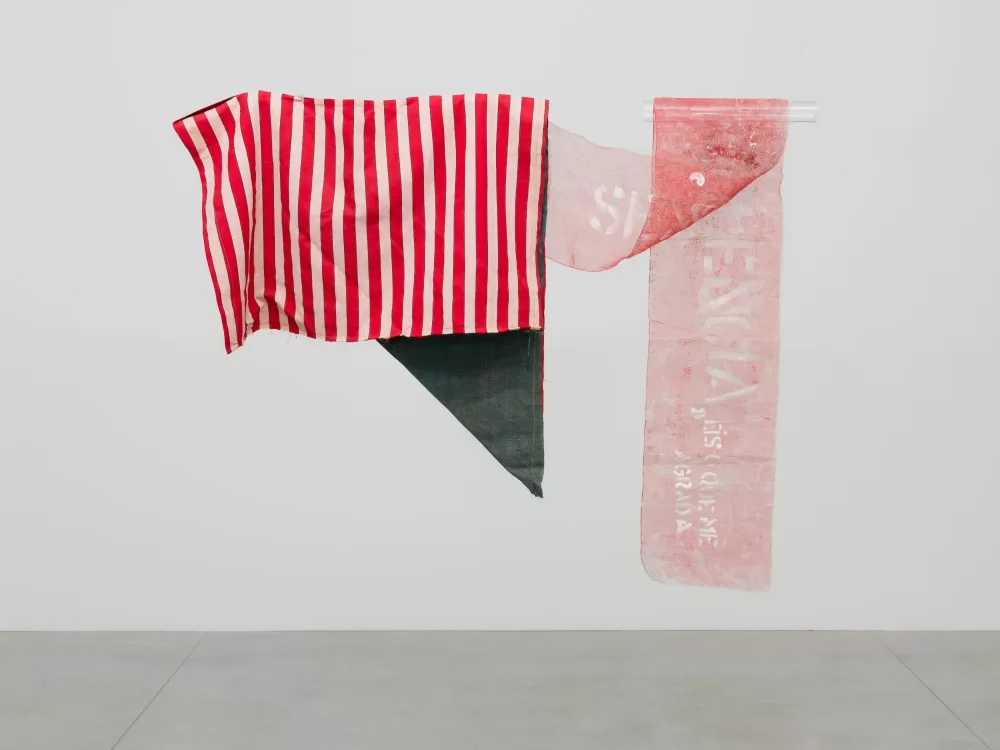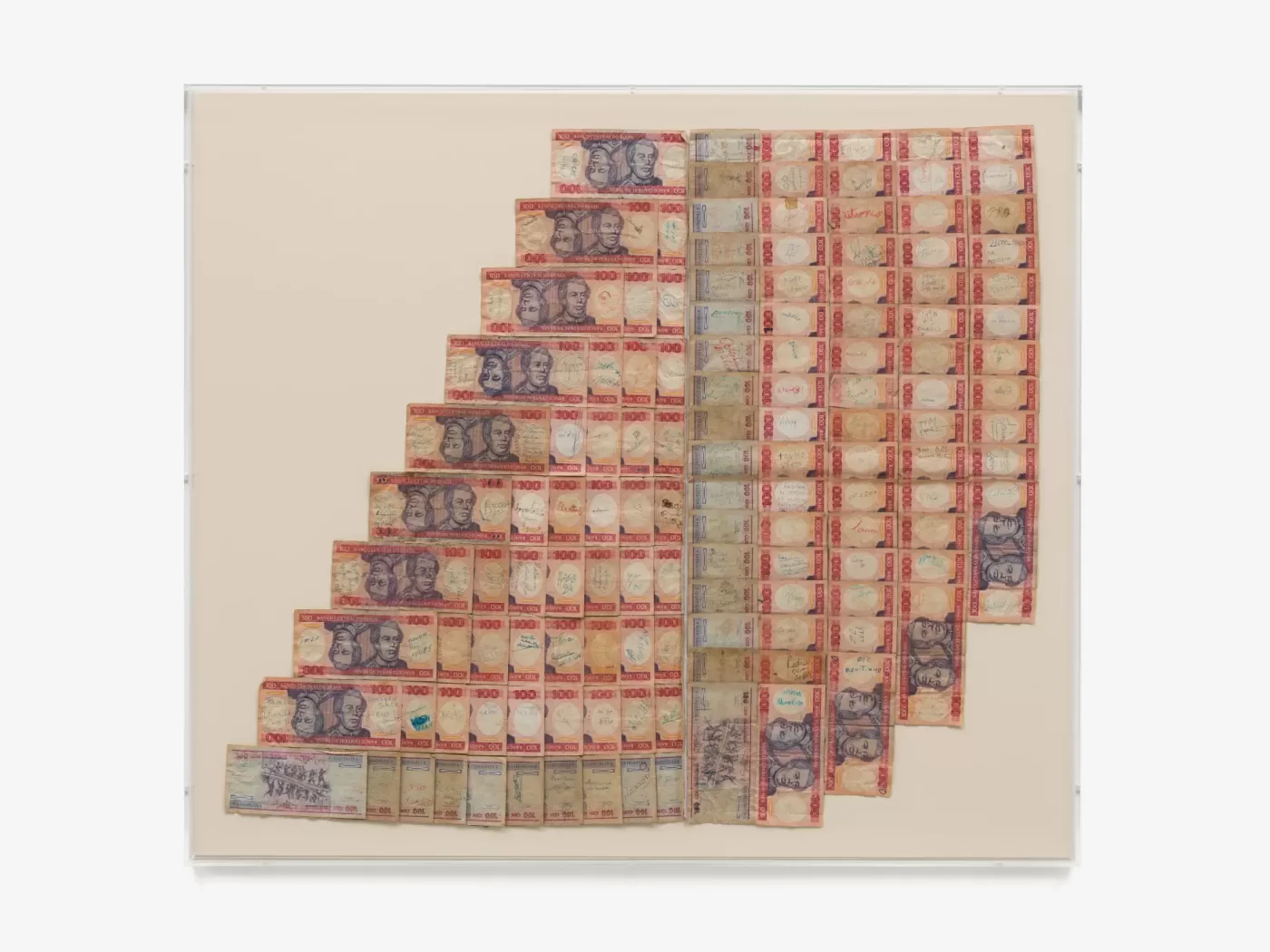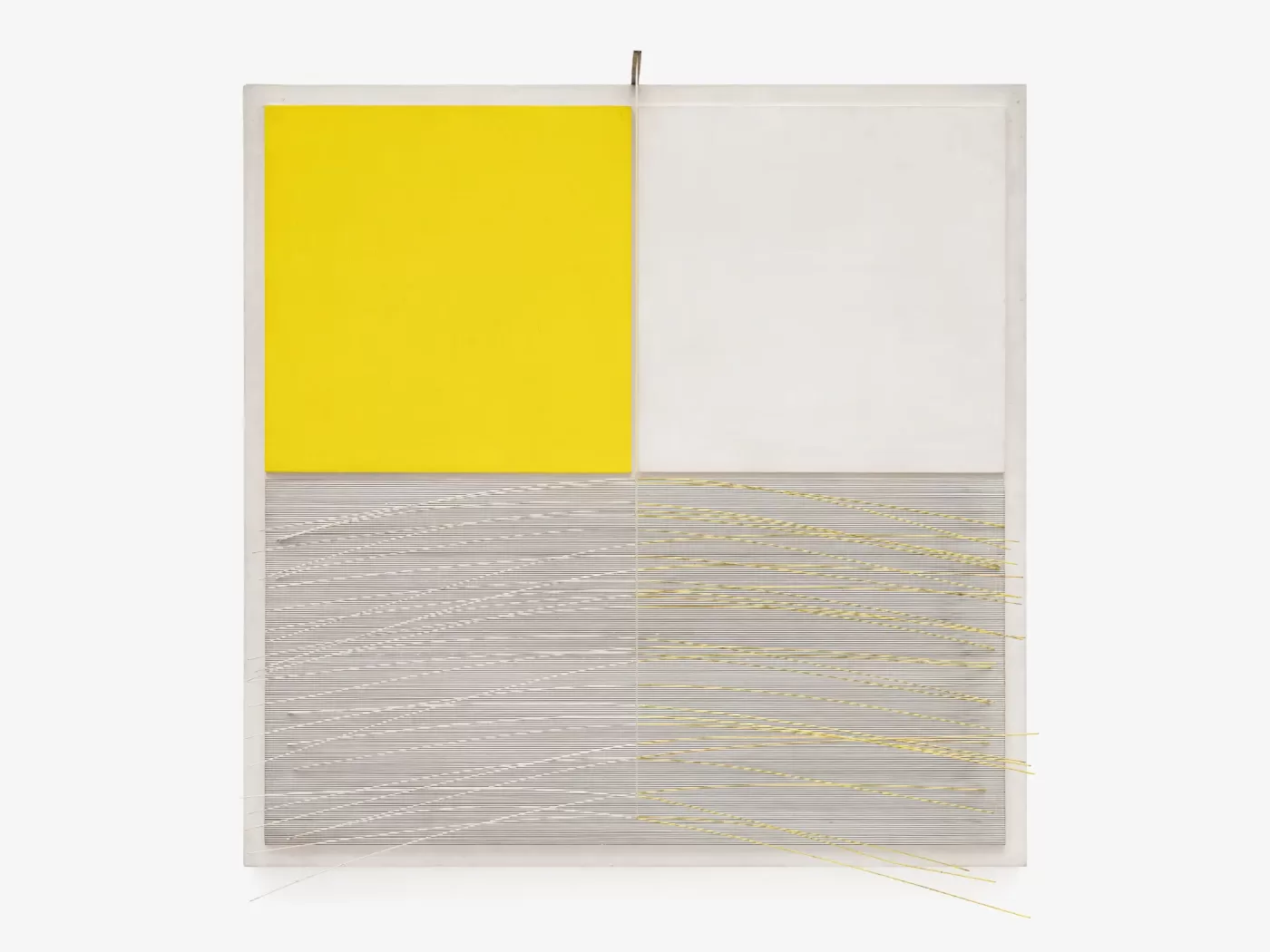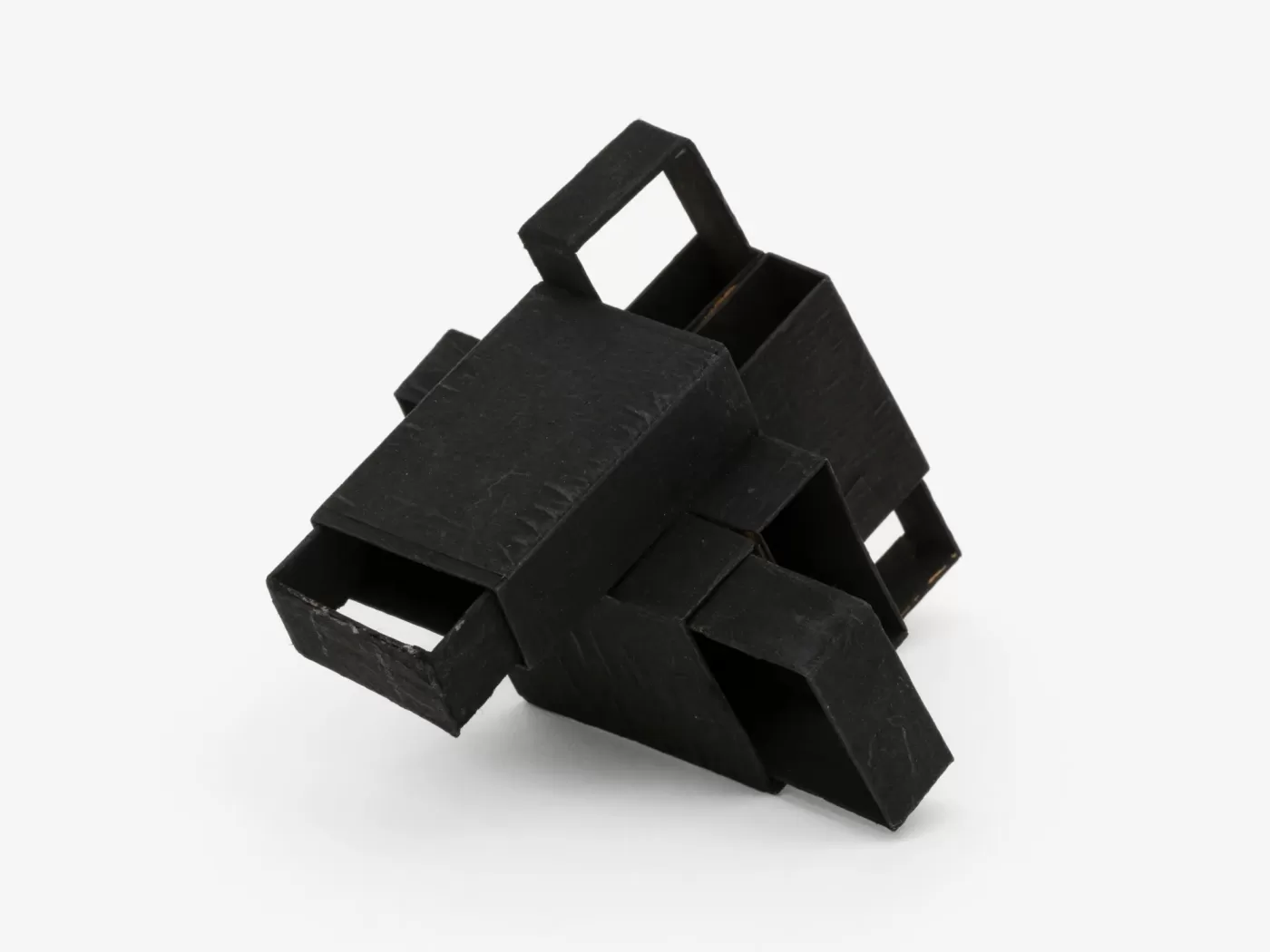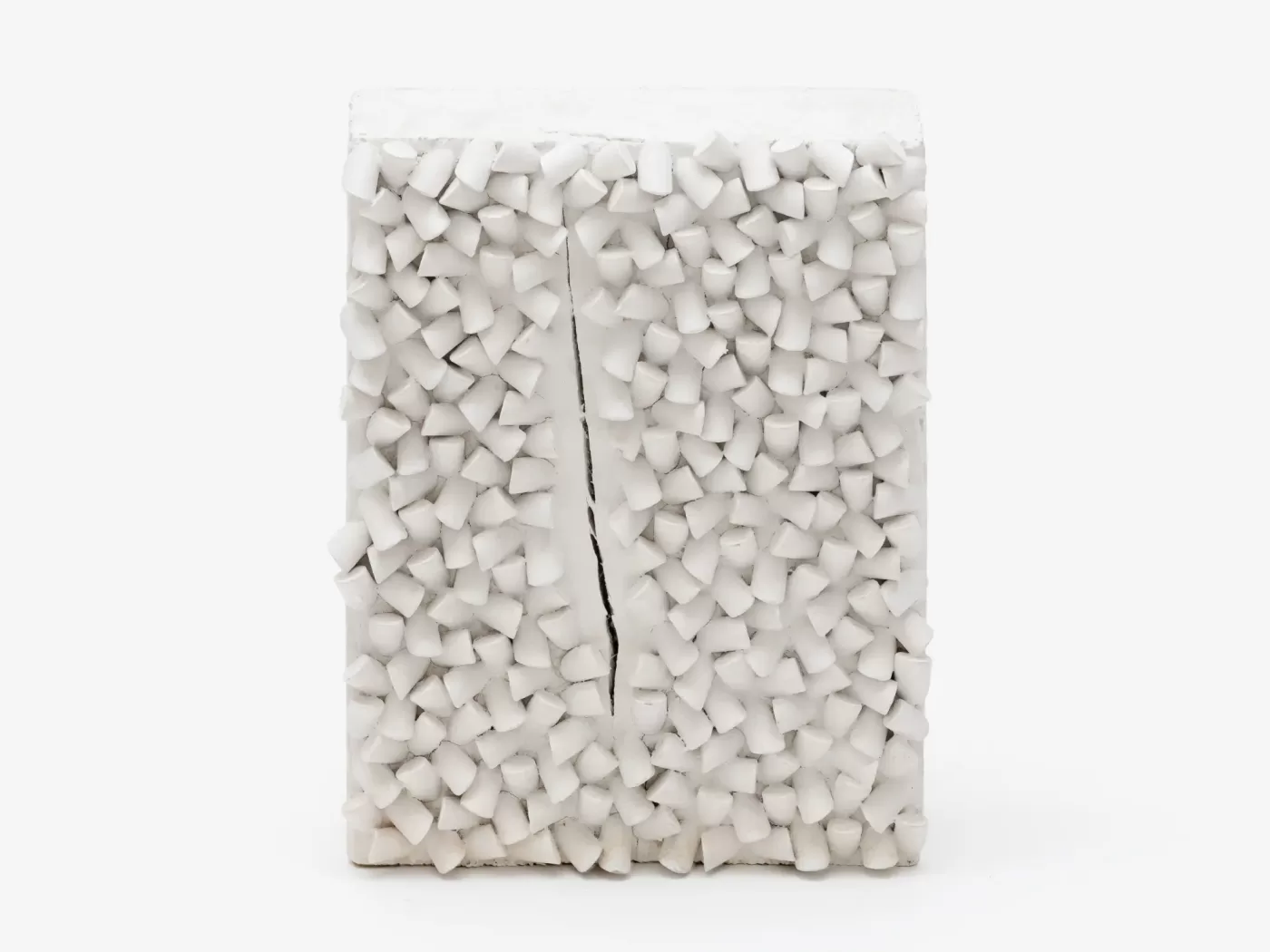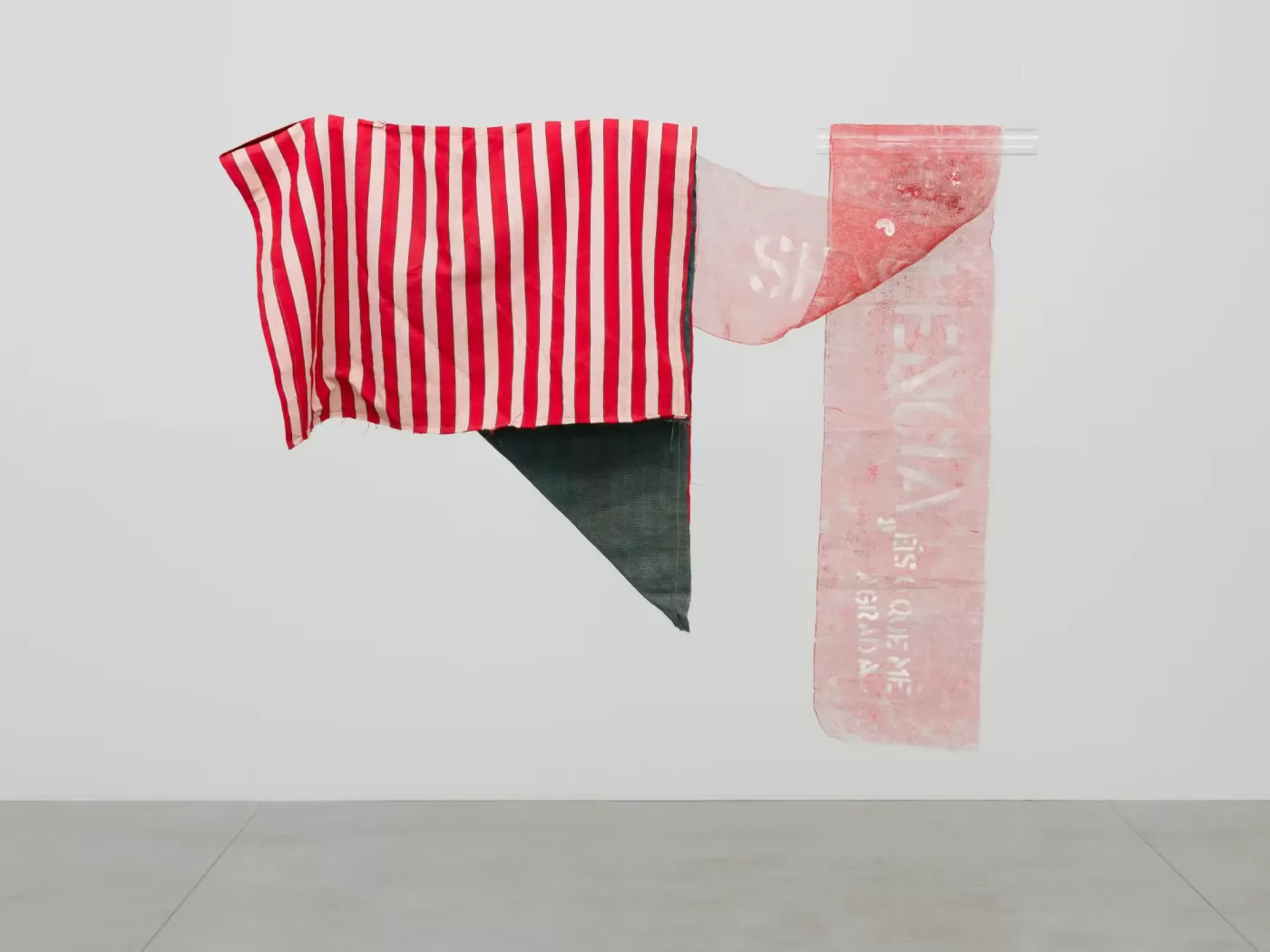Nan Goldin at Gagosian, Lynda Benglis at Thomas Dane, ‘Angel with a Gun’ at Alison Jacques
8 min read
This week, staff writer Jacob Wilson reviews Nan Goldin’s early photos, Lynda Benglis’ metalised knots and experimental video tapes, and the late Guy Brett’s collection of Latin American art
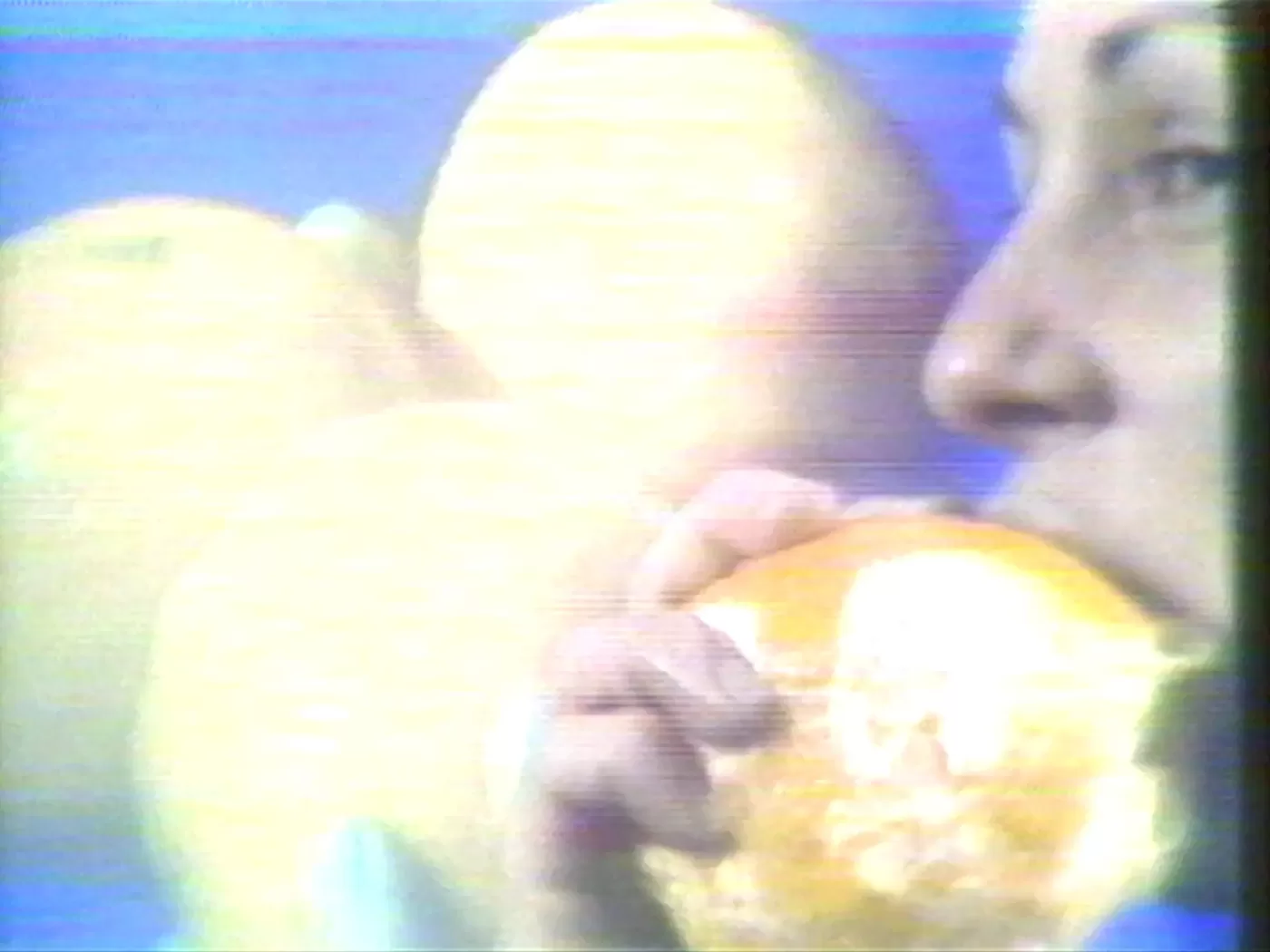
Lynda Benglis, ‘Collage’ (still), 1973. © Lynda Benglis. Courtesy of Video Data Bank, School of the Art Institute of Chicago.
Last week was heavy with photography. On Wednesday, Photo London 2024 launched. Ahead of the opening, our guide picked out the artists, galleries and publishers you couldn’t miss: Sakiko Nomura, Kennedi Carter, and James D. Kelly. After visiting the fair, I have a few more names that I want to highlight: Rosie Marks, Caroline Thompkins, Siân Davey and Anne Bean.
On Friday evening, we launched our latest and largest print issue with artist Pol Taburet and photographer & filmmaker Dexter Navy. The two joined us for the launch party at Plaster HQ on Great Chapel Street, Soho. If you weren’t there, where were you…? My excuse: I was on holiday in Paris (bad timing). But while I was away I made time to see the Weegee and Alessandra Sanguinetti exhibitions at the Fondation Henri Cartier-Bresson.
If you’re still in the mood for photography, go to 10 Martello Street this Wednesday, where Loose Joints are launching Nigel Shafran’s new publication Workbooks.
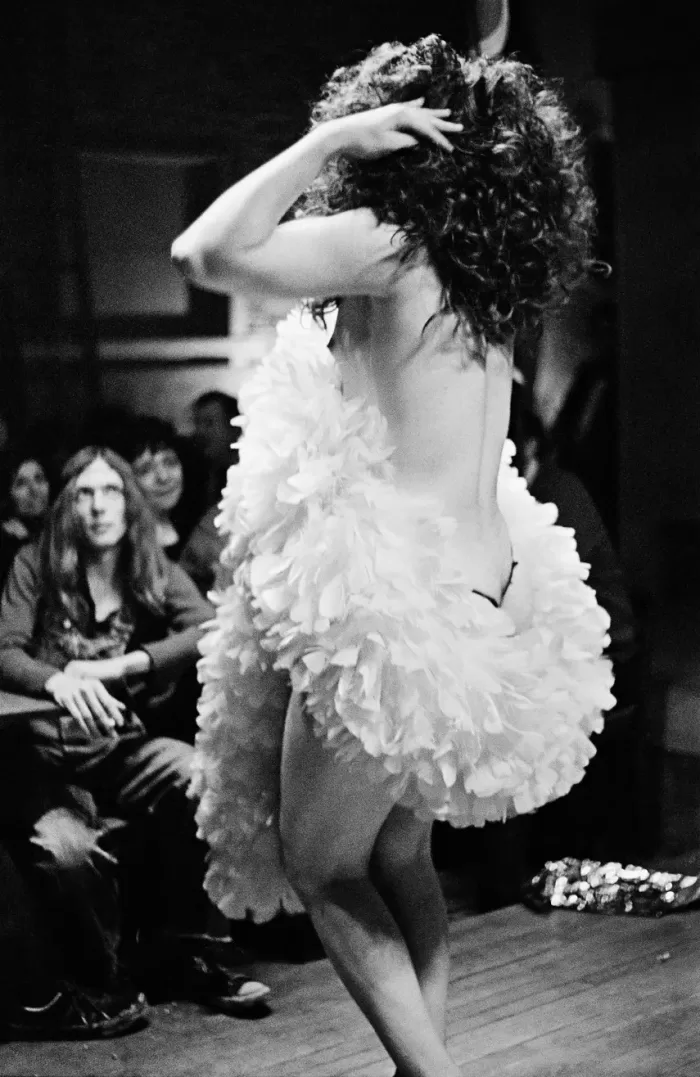
Nan Goldin, 'Colette naked with a white boa, The Other Side, Boston', 1973. Copyright Nan Goldin.
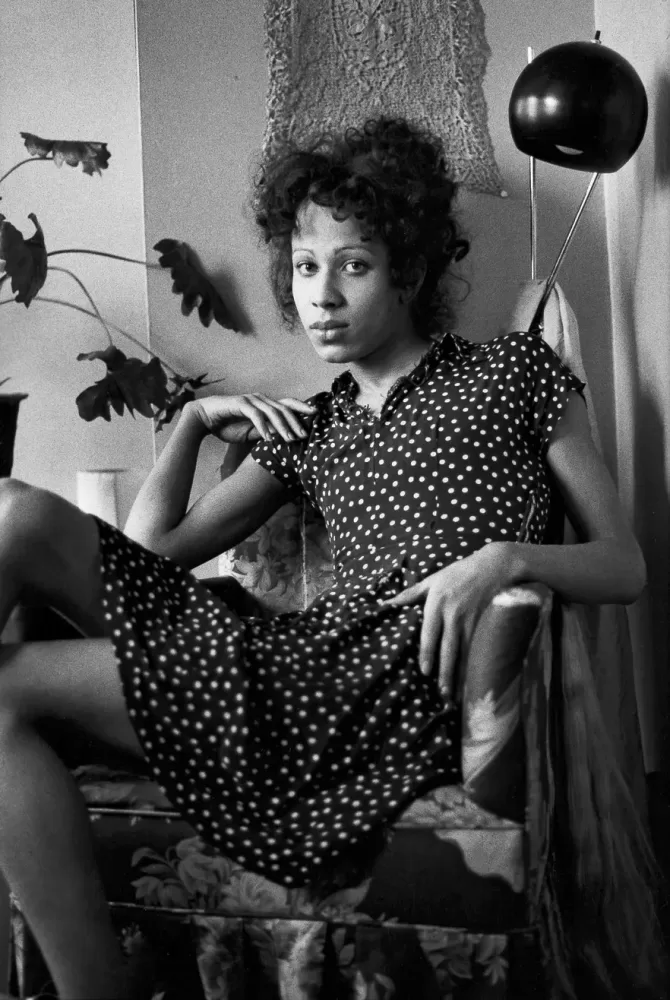
Nan Goldin, 'Roommate in her chair, Boston', 1972. Copyright Nan Goldin.
Nan Goldin at Gagosian Burlington Arcade
If you’ve ever seen The Other Side you might recognise a few of the eleven early photos on show. If you’ve only seen The Ballad of Sexual Dependency then this isn’t the Goldin you know. In The Ballad Goldin swings you through the city from night to day, introducing characters and setting scenes and capturing the filth and debauchery of wrecked youth. These photos capture her close queer friends as they hit the local drag bar, walk catwalks, pick up ‘tricks’, and crash out at home, but they lack that intensity. I think it’s down to her shooting style: black and white, almost all portrait format, and close-cropped, often to only a single person or face. It gives you a good look at her subject, but it doesn’t lend itself to storytelling. Cover up the photo captions and try to work out if this series was shot over several months or one night. This wouldn’t be a problem if the individual photos stood on their own, but only a few do. No picture is perfect, but in each you can see her taking a step in the right direction.
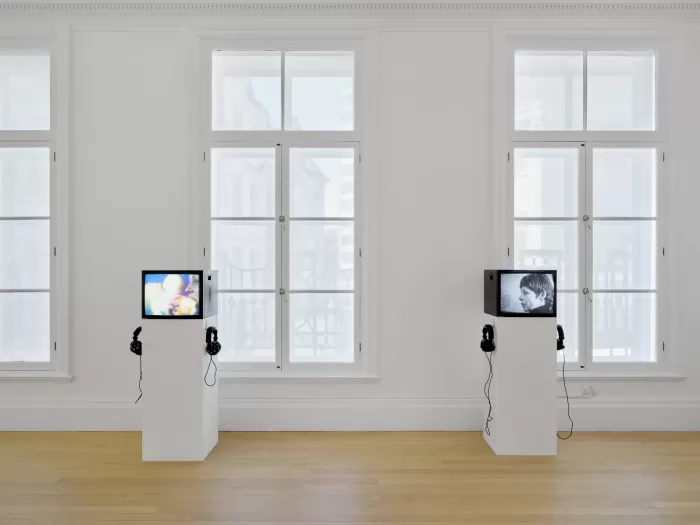
Lynda Benglis, 'Knots & Videotapes', 1972–1976. Photo: Ben Westoby.
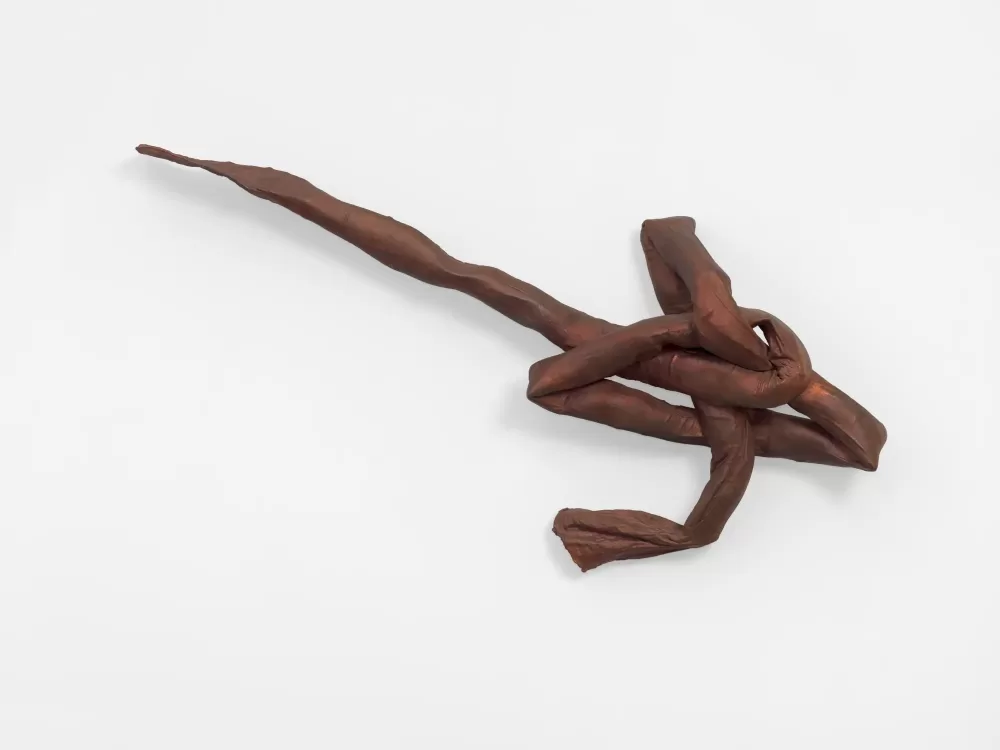
Lynda Benglis, '7 Come 11: Tres', 1976. © Lynda Benglis. Licensed by VAGA at Artists Rights Society (ARS), NY. Courtesy the artist, Pace Gallery and Thomas Dane Gallery. Photo: Todd-White Art Photography.
Lynda Benglis at Thomas Dane Gallery
Lynda Benglis split apart Artforum with a single artwork; a centrefold photo ad of herself short haired, oiled up, nude, tanned and toned, wielding a double ended dildo. It was naked self-promotion. At the same time, she was making pretty tame rolled, painted and glittered sculptures and PG video tapes. How do you connect the two? One answer is tastelessness. The unskilled, decorative, rolled and knotted artworks were an insult to the refined and restrained objects of 1960s minimalism, as well as the theorists and critics who backed the movement. Almost as provocative as a plastic dick pic. But that art world doesn’t exist anymore – depth is out, surface is in – and these works have lost their edge. However, her experimental video tapes have stood the test of time: in Document (1972) Benglis makes a video portrait of herself directing her male coworkers in her brash Brooklyn accent; in Collage (1973) she peels an orange with her teeth, upload it to TikTok and get a few million gross-out views; and Now (1973) is an experiment with layering video montages, but it’s also daft fun.
6 photos
View gallery
1 of 4
‘Angel with a Gun’ at Alison Jacques
Guy Brett showed how to exhibit the art of the ‘global south’; take it seriously. The late critic and curator introduced Latin American art and artists to Europe as equals, he didn’t simplify them for their viewers, he showed off their (sometimes contradictory) problems, ideas, and histories. Alison Jacques is now exhibiting a sample of his personal collection: works made between 1964 and 2013, representing twelve artists from Brazil, Chile and Venezuela. It gives a good overview of Brett’s wide-ranging interests: Sérgio Camargo’s sculptural paintings, Carlos Cruz-Diez’ kinetic artworks and Jésus Rafael Soto’s optical illusions, Mira Schendel and Cildo Meireles’ typographic and banknote collages, and Lygia Clark’s participatory sculptures and performances. Clark seems particularly important, her work occupies the entire downstairs gallery. Why? I don’t exactly know; besides the press release there’s no context given for these works, and there’s no object labels either (ask at the desk for a list of works). Brett was a writer, I’d like to know why he collected them and what he thought of them.
- ‘Nan Goldin’ continues at Gagosian Burlington Arcade until 22nd June. gagosian.com
- Lynda Benglis, ‘Knots & Videotapes 1972–1976’ continues at Thomas Dane Gallery until 27th July. www.thomasdanegallery.com
- ‘Angel with a Gun: Homage to Guy Brett’ continues at Alison Jacques until 15th June. alisonjacques.com
